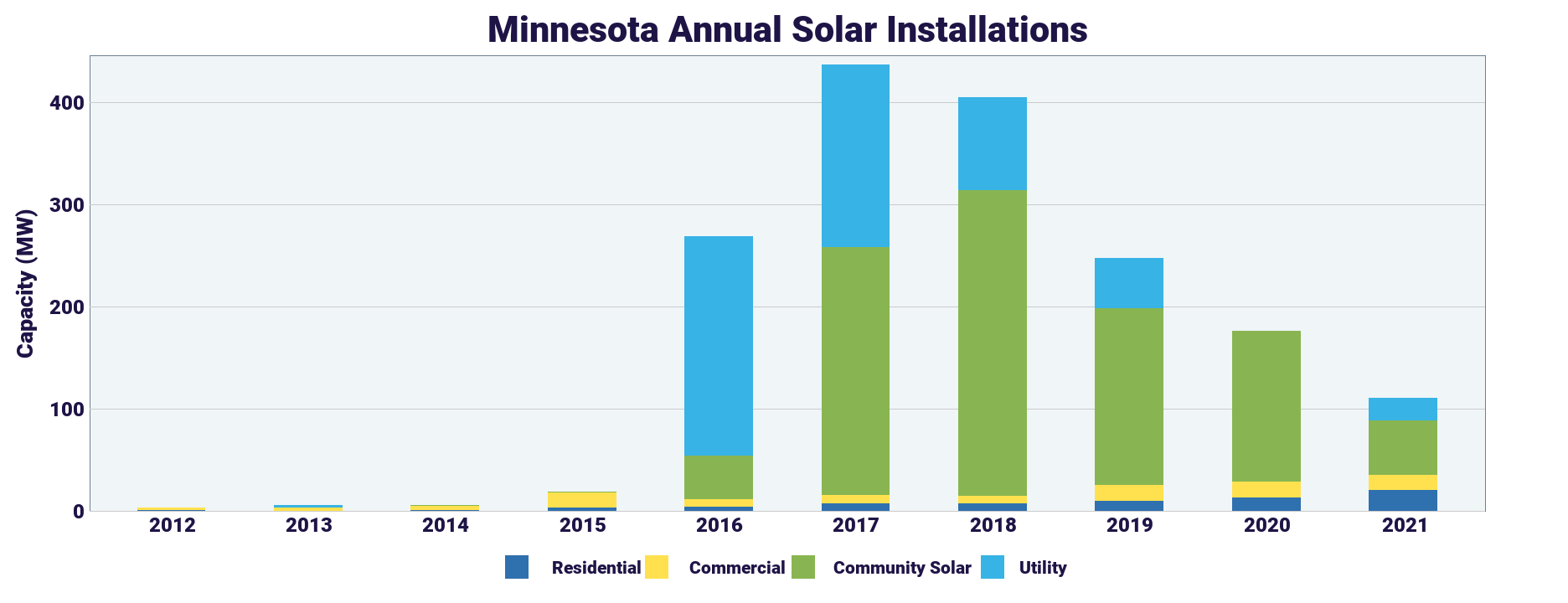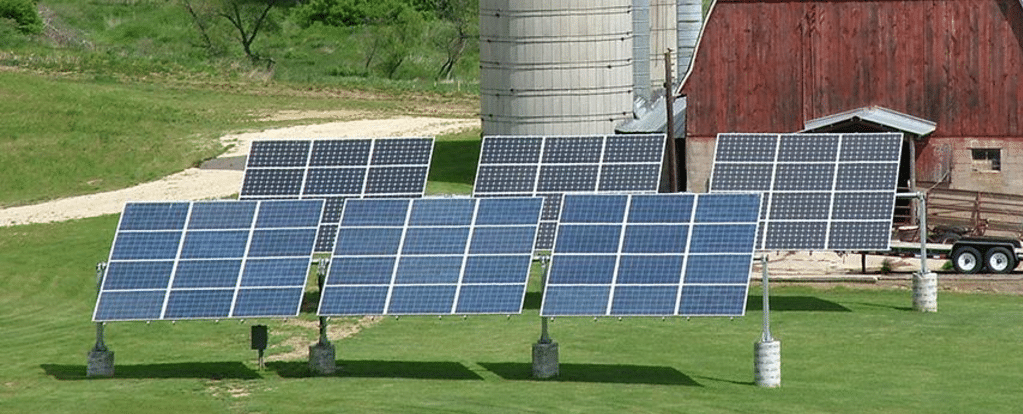DSD Renewables announced that it has acquired a seven-project, 11.3 MW community solar portfolio, spanning six cities in Minnesota. The acquisition marks DSD’s first venture in Minnesota, expanding its footprint of assets to 22 states across the nation.
The portfolio consists of six projects with 100% residential offtaker, while the seventh project will exclusively serve commercial customers. Those six projects are expected to serve 600 residential customers. DSD will serve as the long term owner and operator of the sites, which are expected to be operational by the second quarter of 2023. Common Energy will be handling customer acquisition and subscriptions for the portfolio.
Over the last decade, renewable generation has risen 60% in Minnesota, from 10.6 TWh to 17 TWh in 2021, with renewables providing 28% of Minnesota’s generation in 2021. A large portion of this growth is attributable to Minnesota’s community solar program, which is among the strongest and most effective in the country.

As is outlined by the above graft, provided by the Solar Energy Industries Association (SEIA) and Wood Mackenzie, the majority of Minnesota’s solar capacity additions that have come on-line since the state’s market began ramping up in 2016 have come from community solar projects.
According to the Institute of Local Self-Reliance, Minnesota’s community solar program grew to 837 MW of operational capacity in June 2022. This is due in large part to comprehensive approach that the state took in developing the policy, one which makes developing community solar projects economically viable. Minnesota’s community solar program also does not cap the development of community solar projects, which authors John Farrell and Maria McCoy identified as being absolutely critical. Minnesota has also seen widespread commercial customer support for community solar projects, as 83% of the program’s total capacity serves such customers.
According to SEIA and Wood Mackenzie data, Minnesota is poised to add 1.2 GW of solar of all kinds over the next five years, which ranks 24th in the nation over that period. if history is any indicator, however, and most of that new capacity is community solar, Minnesota would still be on track to be a national leader in that market segment, alongside New York, which recently overtook it as the top solar market in the country. Industry group Clean Energy Economy Minnesota expects renewable power production to increase from 2% of the state’s electricity in 2020 to 10% by 2030, driven in large part by the program.
“Minnesota’s community solar program is widely recognized as a leader in terms of installed capacity, and DSD looks forward to additional opportunities to streamline and expand that impact,” said Joe Rosenberg, director of Business Development at DSD.
This content is protected by copyright and may not be reused. If you want to cooperate with us and would like to reuse some of our content, please contact: editors@pv-magazine.com.









By submitting this form you agree to pv magazine using your data for the purposes of publishing your comment.
Your personal data will only be disclosed or otherwise transmitted to third parties for the purposes of spam filtering or if this is necessary for technical maintenance of the website. Any other transfer to third parties will not take place unless this is justified on the basis of applicable data protection regulations or if pv magazine is legally obliged to do so.
You may revoke this consent at any time with effect for the future, in which case your personal data will be deleted immediately. Otherwise, your data will be deleted if pv magazine has processed your request or the purpose of data storage is fulfilled.
Further information on data privacy can be found in our Data Protection Policy.